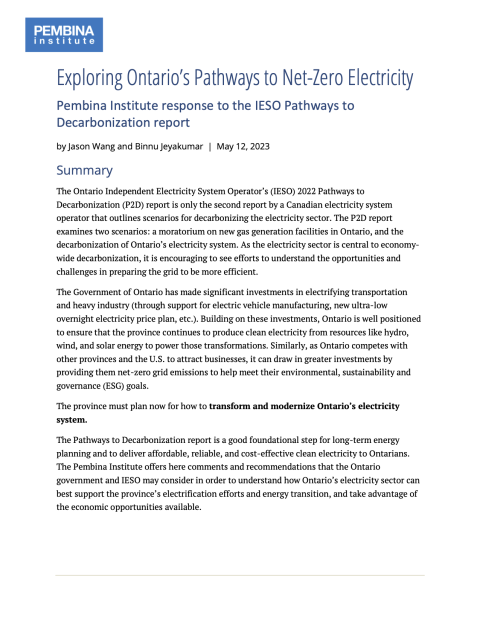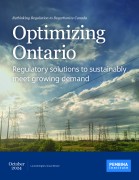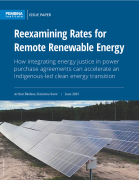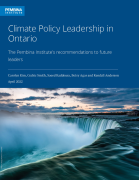With the goal, ultimately, of emitting net-zero greenhouse gas emissions by 2050, Canada has committed to a decarbonized grid by 2035. Not only is a clean grid essential to a decarbonized economy, businesses are increasingly looking to locate in jurisdictions that offer a clean energy supply. Only 12 years away, the 2035 target has a profound influence on the decisions and investments that provinces are making today when considering how to meet future electricity demand. In Ontario, key decisions are currently in play on how to achieve a 100% clean grid that will generate reliable and affordable energy for decades to come.
At the request of Ontario’s energy minister, the Independent Electricity System Operator (IESO) published a report in December 2022 exploring the feasibility of a moratorium on new gas generators and modelling a scenario under which the province phased out gas-fired electricity to achieve a zero-emitting grid.
The IESO concluded that gas-fired electricity would continue to be critical until 2035 to ensure grid reliability.
The IESO’s report is a necessary first step for long-term energy planning in Ontario. In subsequent analysis, however, we recommend that the agency take the following actions and considerations to further clarify the impacts and trade-offs among policy and investment options:
1. Implement and add to the “no regret” actions listed in the IESO report in order to rapidly deploy non-emitting technologies
We recommend that “no regret” actions also include:
- strategies for securing the cheapest sources of electricity (wind and solar)
- strategies for expanding transmission interconnection
2. Explore options to reduce costs of new energy infrastructure
The cost analysis should include cost reductions due to federal fiscal incentives, such as the tax credits for clean energy, and federal investments.
The province should explore the possibility of direct corporate procurement of renewable energy. Modelling should be done on the potential benefits of sleeved power purchase agreements and the changes needed to support corporate procurement.
3. Develop decarbonization scenarios that take greater advantage of cheap clean energy solutions and align with a 2035 net-zero grid
A comparative analysis should be undertaken between the IESO Pathways and Decarbonization modelling and that of other models, such as the ones produced by the David Suzuki Foundation and by The Atmospheric Fund. Such an analysis would help identify the reasons for discrepancies between the respective modelling scenarios and the differing conclusions on the amount of gas required for grid reliability.
Moreover, a clear understanding of the benefits of investing in a clean grid would assist in sound decision making so that net costs are readily apparent in addition to gross costs. As part of this analysis, the costs of the different scenarios should be compared against baseline costs for the years 2035 and 2050, under current policies. This will help contextualize spending relative to the cost of business-as-usual.








